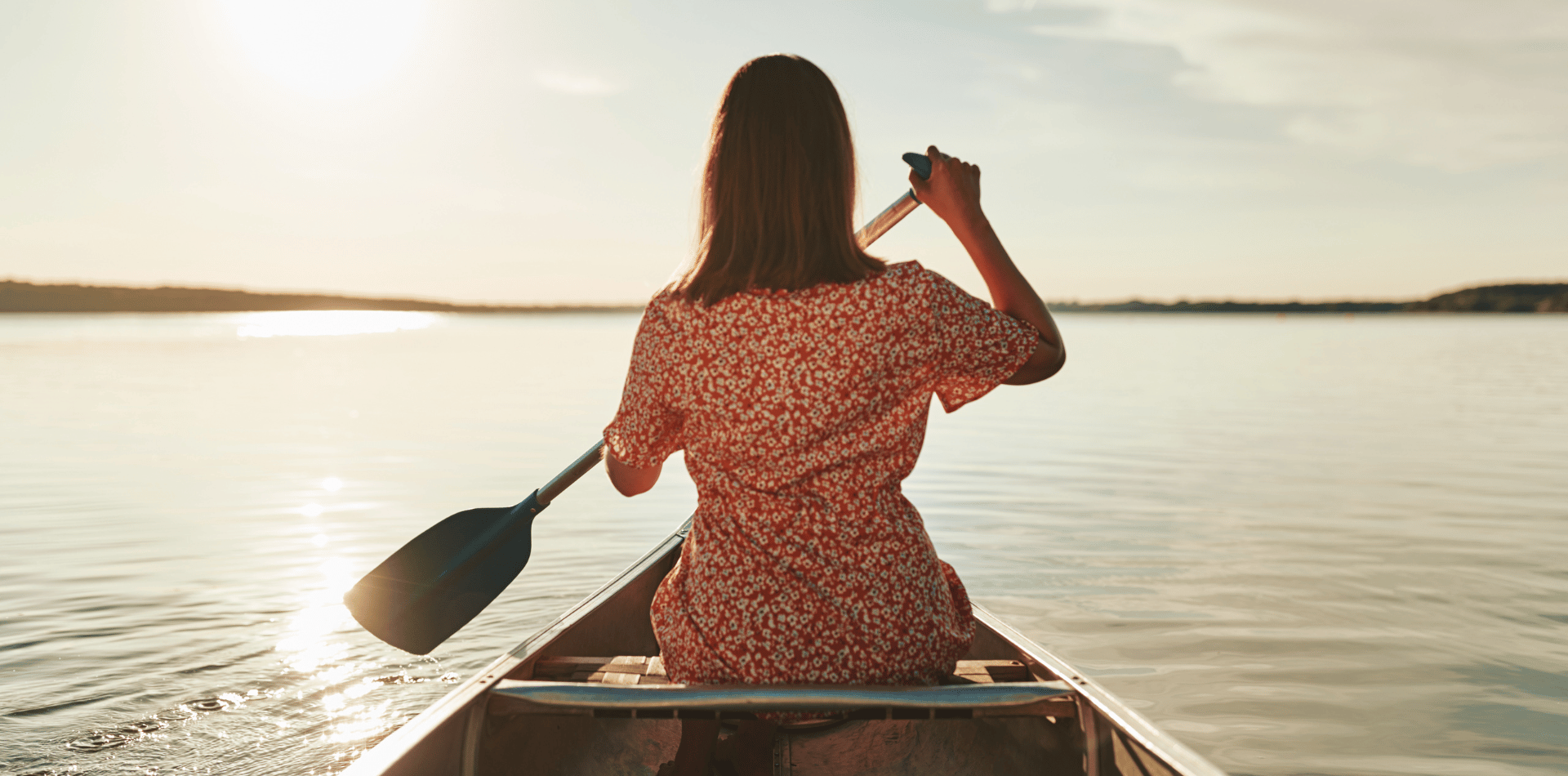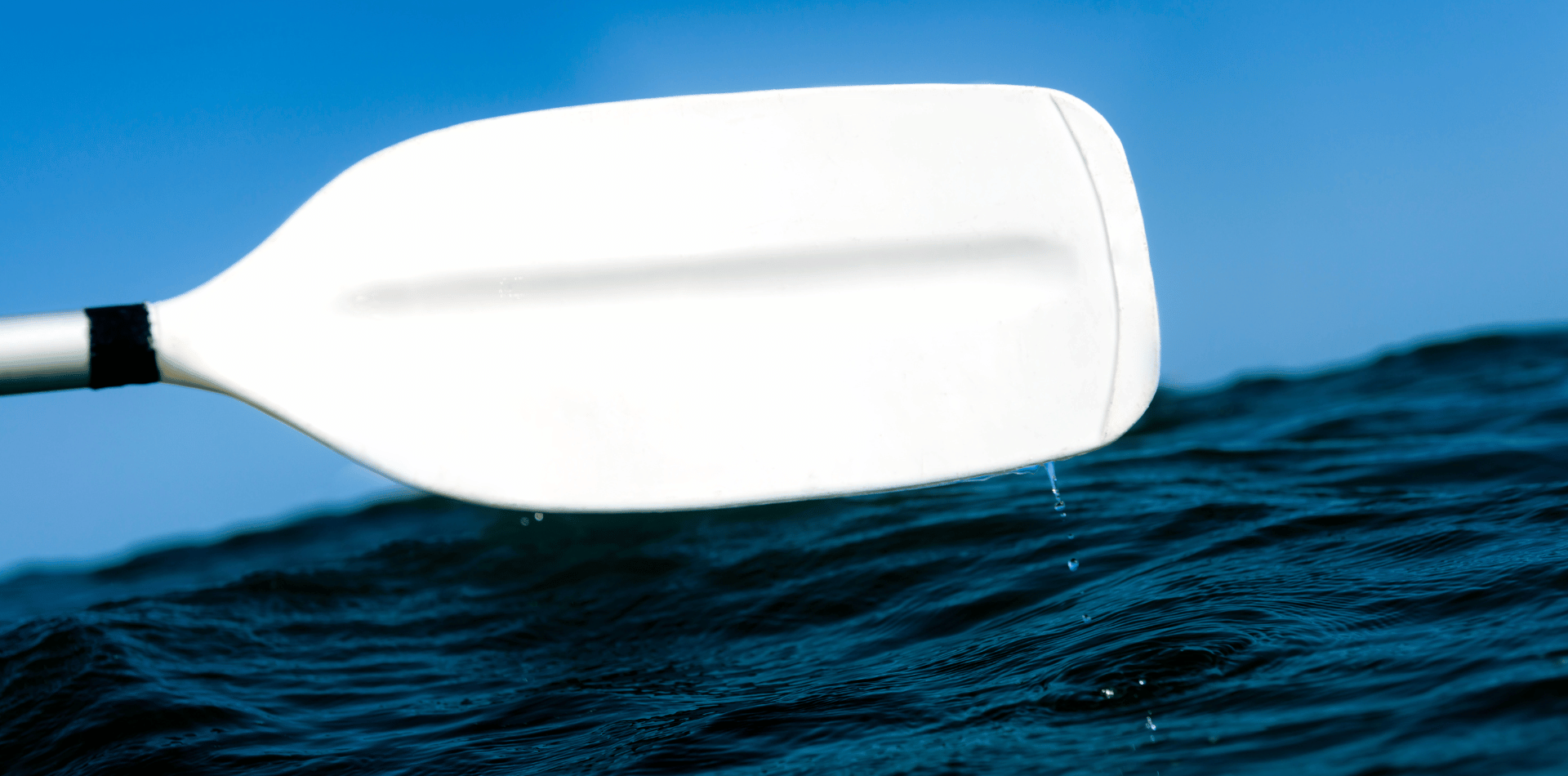How to Choose the Right Design for Your Custom Canoe
How to Choose the Right Design for Your Custom Canoe.

Choosing the right design for your custom canoe is a crucial step that ensures your investment meets your expectations and performs optimally for your intended use. With a wide range of design options available, it can be overwhelming to determine which features and specifications will best suit your paddling needs.
Here’s a detailed guide to help you navigate the process and make an informed decision.
Understanding Your Paddling Goals
Recreational Paddling:
- Design Features: Recreational canoes are typically wider and more stable, making them ideal for calm waters like lakes and gentle rivers. They often have a flat or shallow arch hull for better stability.
- Material Choices: Durable and lightweight materials such as fiberglass or polyethylene are common, as they provide a good balance between weight and durability.
- Capacity: These canoes often have a higher capacity to accommodate multiple passengers and gear, making them perfect for family outings or casual paddling trips.
Racing:
- Design Features: Racing canoes are designed for speed and efficiency. They are usually long and narrow with a sleek, streamlined shape. The hull is often designed to reduce drag and improve glide.
- Material Choices: Lightweight materials like carbon fiber or Kevlar are preferred to enhance speed and performance.
- Capacity: Racing canoes are generally built for one or two paddlers, with a focus on minimising weight and maximising speed.
Fishing:
- Design Features: Fishing canoes need to be stable and spacious. They often have a wider beam and a flat bottom to provide stability while casting and reeling in fish. Features like rod holders and gear compartments are common.
- Material Choices: Durable materials like polyethylene or aluminum are often used to withstand rough conditions and the additional weight of fishing gear.
- Capacity: These canoes are designed to carry additional weight, including fishing equipment, coolers, and potentially a trolling motor.
Expedition/Tripping:
- Design Features: Expedition canoes are built for long-distance travel and carrying heavy loads. They are typically longer and have a higher capacity to hold gear for extended trips.
- Material Choices: Durable yet relatively lightweight materials like Royalex or Kevlar composites are ideal for handling the wear and tear of long journeys.
- Capacity: These canoes can carry multiple paddlers and a significant amount of gear, ensuring comfort and efficiency on long trips.
Key Design Elements to Consider
Once you’ve identified your paddling goals, the next step is to understand the key design elements that will affect your canoe’s performance.
Here are some important factors to consider:
- Length:
- Longer canoes generally track better (maintain a straight course) and are faster, making them suitable for racing and long-distance paddling.
- Shorter canoes are more maneuverable and easier to transport, ideal for recreational use and paddling in tight spaces.
- Width (Beam):
- Wider canoes offer more stability, making them ideal for beginners, fishing, and family outings.
- Narrower canoes are faster and more efficient in the water but require more skill to balance, suitable for racing and experienced paddlers.
- Hull Shape:
- Flat Bottom: Provides excellent initial stability, making it great for calm waters and beginners.
- Shallow Arch/Round: Offers a good balance of initial and secondary stability, suitable for a variety of conditions.
- V-Shaped: Cuts through the water efficiently, improving speed and tracking, ideal for racing and long-distance paddling.
- Rocker:
- The amount of curve from bow to stern affects maneuverability. More rocker (greater curve) makes the canoe more maneuverable, while less rocker (flatter bottom) improves tracking.
- Depth:
- Deeper canoes have more capacity and can handle rougher waters but may be more affected by wind.
- Shallower canoes are lighter and easier to paddle in calm conditions but have less capacity for gear.
Working with a Custom Canoe Builder
After understanding your paddling goals and the key design elements, the next step is to work closely with a custom canoe builder.
Here’s how to effectively collaborate with your builder:
- Discuss Your Needs: Clearly communicate your paddling goals and the type of environments you plan to paddle in. Share details about your experience level, the typical duration of your trips, and any specific features you want.
- Get Professional Advice: Rely on the expertise of the builder to recommend designs and materials that match your needs. Experienced builders can provide valuable insights into the trade-offs between different design elements and help you make informed decisions.
- Consider Custom Features: Don’t hesitate to request custom features that will enhance your paddling experience. This could include specialised seating, storage solutions, fishing rod holders, or unique paint and finishes.
- Review Prototypes and Adjustments: Some builders may provide prototypes or design mock-ups. Take the time to review these carefully and provide feedback. Small adjustments can make a significant difference in the final product.
- Test and Refine: If possible, test paddle different designs or prototypes to get a feel for what works best for you. This hands-on experience can be invaluable in making the final decision.
The Benefits of Choosing the Right Design
Choosing the right design for your custom canoe has several benefits:
- Enhanced Performance: A well-designed canoe tailored to your needs will perform better, whether it’s speed for racing, stability for fishing, or capacity for long trips.
- Increased Comfort: Custom features and design adjustments can significantly improve your comfort, making your paddling experience more enjoyable and less strenuous.
- Greater Satisfaction: There’s a unique satisfaction in owning a canoe that’s built specifically for you. The personalised touches and craftsmanship add to the overall joy of paddling.
- Longevity and Durability: A custom canoe built with high-quality materials and expert craftsmanship will last longer and withstand the rigors of regular use better than many mass-produced alternatives.
Conclusion
Choosing the right design for your custom canoe is a process that involves careful consideration of your paddling goals, understanding key design elements, and working closely with an experienced builder.
By taking the time to define your needs and collaborating with a professional, you can create a canoe that not only meets your expectations but enhances your overall paddling experience.
Whether you’re racing through rapids, enjoying a peaceful fishing trip, or embarking on a long-distance expedition, a custom-designed canoe will provide the performance, comfort, and satisfaction you’re looking for.


